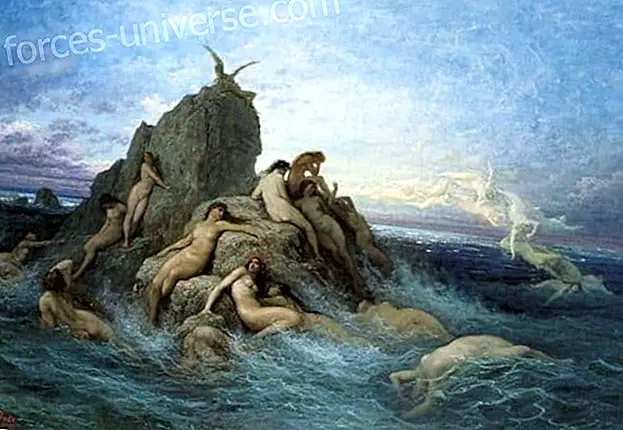
""
The Rune Isa
The use of the Viking runes (from the root ' run - ' of the ancient Gothic, translated as ' secret ' or ' whisper ') mainly comprised writing in the ancient Germanic languages, especially in the islands of Great Britain and the region from Scandinavia, although it eventually expanded to the regions of Eastern and Central Europe during the Middle Ages . According to ancient Scandinavian beliefs, the origin of these runes comes from the gods. It is a gift that Odin gives to men.
These runes were also used for magical purposes. According to beliefs, they have the ability to materialize invocations and spells written on objects. And thanks to the German-Austrian writer Guido von List, and his system of modern divination of armanen runes, the power of the Viking runes has come to us today.
This time, we will talk about the rune Isa .
Rune Isa mythology
Isa (also 'Isaz' or ' Iss ') is the protonoric reconstruction of the rune that corresponds to our letter ' i '. And in this ancient language, it translates as ' ice '.
Within the Nordic civilization, ice is one of the two primary elements (fire being the other). According to them, at the beginning of time there was only Niflheim, the ice world to the north, and Muspelheim, the world of fire to the south. And among them, a great emptiness.
And it is in the world of this element, represented with the rune Isa, that the first giant, Ymir, and the series of events that trigger the creation of the first gods.
According to this mythology, the third generation of the gods, Odin and his brothers Ve and Vili, kill Ymir, and from their body they create and shape the entire world . Thus, ice is one of the first elements, which give rise to life and the world as we know it.
Meaning of the Rune Isa
 Ice can be dangerous terrain . When he is thin he can give in and cause tragedies. That is why this rune is usually associated with illusion, betrayals and ambushes, traps and disaster. It is undoubtedly a sign to pay attention to.
Ice can be dangerous terrain . When he is thin he can give in and cause tragedies. That is why this rune is usually associated with illusion, betrayals and ambushes, traps and disaster. It is undoubtedly a sign to pay attention to.
It also refers to the stillness, to being detained and, as the element of this rune Isa indicates, frozen.
The winter referred to by this rune invites you to slow down, stop what you are doing and take refuge. Your plans may encounter obstacles that prevent them from being carried out at this time. It is important to take advantage of these moments to perform an analysis of what has been done so far and the results that this is giving you. And even recalibrate the path if necessary.
The Isa rune also tells us clearly about the inconvenience caused by causes that are external to us. The things that are not in our power also have determination in the events that unfold around us.
So keep paying attention. Look at the people around you. Don't give so much importance to first impressions. Seek advice from trusted people, and learn to anticipate the consequences and upcoming events.
The Isa rune does not have an inverted position, but remember that all obstacles are temporary, nothing remains forever. And under the ice is the spring seed ready to germinate when the time comes.
AUTHOR: Lucas, editor and translator of the great family of hermandadblanca.org
SOURCES:
- https://es.wikipedia.org/wiki/Alfabeto_r%C3%BAnico
- https://es.wikipedia.org/wiki/Niflheim
- https://es.wikipedia.org/wiki/Runas_armanen
- https://es.wikipedia.org/wiki/Mitolog%C3%ADa_n%C3%B3rdica#V%C3%B6lusp%C3%A1:_el_origen_y_el_fin_del_mundo
- https://www.enbuenasmanos.com/la-runa-isa
- https://en.wikipedia.org/wiki/Niflheim






